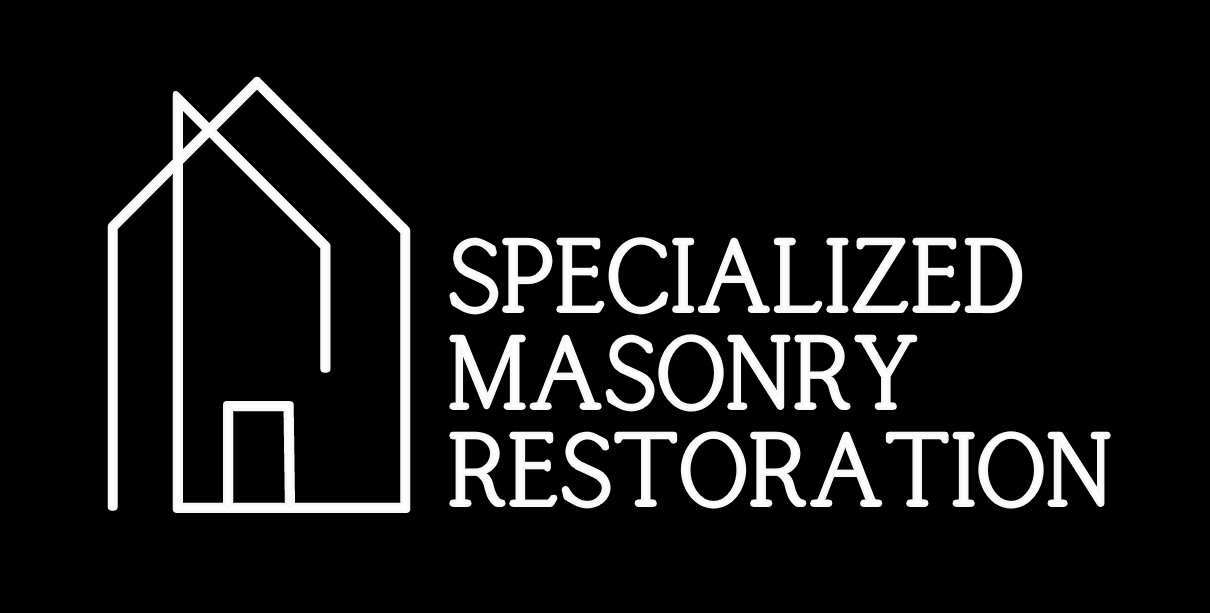Introduction:
Historical masonry buildings are an important part of our architectural heritage and need to be preserved for future generations to appreciate. However, when it comes to restoring these structures, there is one rule that always holds true: expect the unexpected. From hidden construction flaws to unforeseen structural damage, there are countless surprises that can arise during a restoration project. As structural engineers and architects, it is essential to be well-prepared and well-informed to minimize the risks of these surprises and ensure the success of historical masonry restoration projects.
Be Thorough in Your Inspection
Before diving into a restoration project, it is crucial to conduct a thorough investigation of the historical masonry structure to identify any underlying issues and potential challenges. This includes assessing the overall construction, analyzing the material properties, evaluating the foundation, and examining the condition of the walls, roofs, and other key architectural features. By conducting a comprehensive inspection, you can better understand the building’s unique history, design, and structural integrity, allowing you to prepare for any surprises that may come your way.
Establish a Clear Plan of Action
Once you have conducted a thorough inspection, the next step is to develop a clear plan of action that outlines the scope of the restoration project, timelines, and budget. This plan should include details such as the type of materials to be used, the approach to restore the building’s structural integrity, and the necessary permits required for the project. Having a clear plan of action provides a roadmap for the restoration process, reduces the likelihood of unexpected challenges, and ensures that all stakeholders are on the same page.
Be Prepared to Adapt and Revise the Plan
As the restoration process unfolds, it is common to encounter unexpected challenges or complications that require adjustments to the plan of action. It is essential to be flexible and adapt to these changing circumstances to avoid costly delays or safety issues. For example, if a hidden structural issue is discovered during the restoration process, the approach to restoring the structure’s integrity may need to be revised. By being prepared to adapt and revise the plan, you can ensure that the project stays on track and is completed successfully.
Work with an Experienced Professional Team
Perhaps the most critical factor in a successful historical masonry restoration project is working with an experienced and qualified team of professionals. This includes structural engineers, architects, contractors, and historical experts who have a deep understanding of masonry construction and restoration. They can help you identify potential challenges from the outset, develop a comprehensive plan of action, and implement practical solutions that ensure the restoration project is completed safely and meets the necessary regulatory and compliance standards.
Recognize the Historical Significance of the Project
Finally, it is essential to recognize the historical significance of the restoration project and the value in preserving the building for future generations. Historical masonry structures often have a unique story that calls for a respectful approach to the restoration process. This involves working with historic preservationists, experts in the building’s architectural style, and other stakeholders who are invested in the project’s success. By recognizing and respecting the historical significance of the project, you can approach the restoration process with care and sensitivity.
Conclusion:
Historical masonry restoration requires a combination of technical expertise, careful planning, and a reverence for the historical significance of the project. The No.1 rule for success in these projects is to expect the unexpected and be prepared to adapt when needed. By conducting a comprehensive inspection, developing a clear plan of action, working with an experienced professional team, and respecting the building’s history, you can ensure that these treasures of our architectural heritage are preserved for future generations to enjoy. As structural engineers , architects, and consultants it is our responsibility to approach these projects with care, attention to detail and reverence for the building’s rich history.

